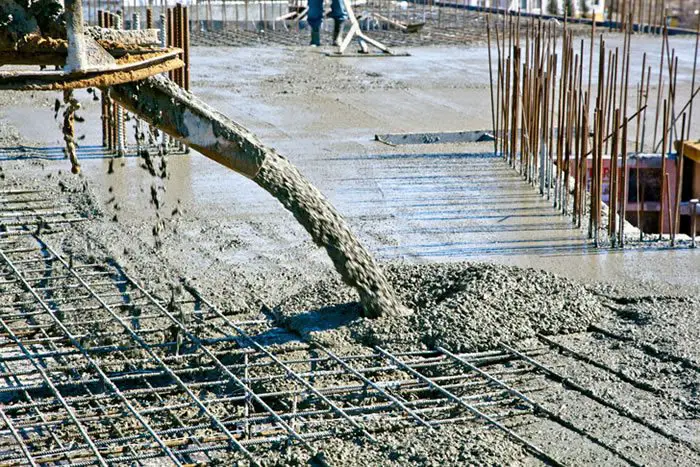The Mamba Cement plant is a R1.8 billion facility located near, Limpopo Province. Plans for a new plant began in 2010 and construction commenced in 2015 following government approval and funding from the Bank of China and Nedbank.
The plant has a capacity of more than one million tonnes a year. It produces cement for and sells to blended cement, ready mix, and construction industries across South Africa. An on-site waste heat recovery system is capable of generating 25% of the power required to operate the plant.
Construction of the plant was completed in 2016. Mott MacDonald provided construction and operational management. Additionally, they carried out environmental assessments and independent water compliance auditing as the lenders’ technical advisers for the project.

Also Read: South Africa cement supplier PPC announces decrease in sales
Reported in May 2014
Bank of China and Nedbank to fund construction of Mamba cement plant in South Africa
Mamba Cement, a new entrant into the Southern African cement industry will receive funding to the tune of US$104.7m from Nedbank Capital and the Bank of China for its project, which will include the construction of a cement production facility in Limpopo.
Funding for Mamba’s ongoing operations and the mining of limestone was provided by China building materials enterprise Jidong Development Group, the China-Africa Development Fund, and investment group Women Investment Portfolio Holdings.
Mamba Cement will manufacture high-quality pure cement with the capacity to produce cost-effective products. It is expected to produce a highly sought-after product both from a quality and versatility perspective, with a sustainable transport advantage owing to its proximity to the major cement demand centers of Johannesburg, Pretoria, Mpumalanga, Rustenburg, and Brits. The plant will produce mostly bagged cement.
On completion, Mamba’s new cement plant will have a capacity of more than one million tons per annum and it will be set to compete with local giants like PPC, Afrisam, and Lafarge.
The project, both through its construction and operations, is expected to provide opportunities for employment, particularly for communities in the lower-income areas north of Brits. The project will also result in a major improvement of basic infrastructure such as power and roads which will benefit adjacent communities.

